
Oaxaca is one of those magical places; its people and tra...
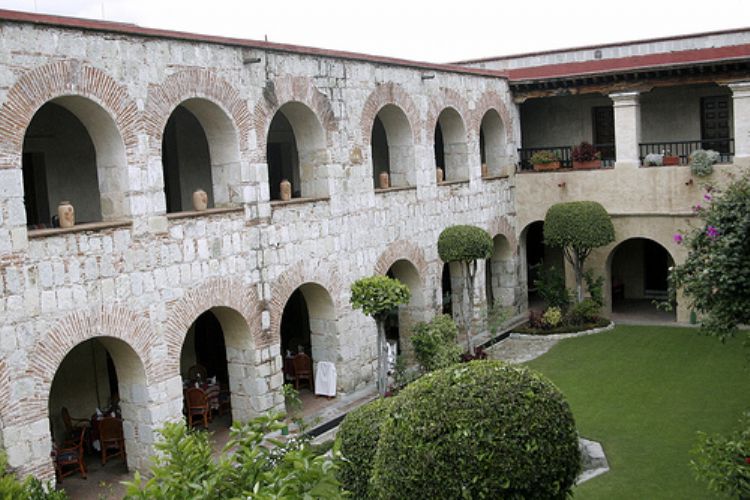
Some 11,500 years ago, men from Asia left their land in search of a better climate for their survival and reached Oaxaca...thousands of years passed and climatic conditions around the world changed drastically, so then great floods forced the Mesoamerican natives to find shelter inside caves up into the mountains, as those located in Mitla, Oaxaca, where remains of humans dated as 7,000 years old have been uncovered.
Men and the land evolved as agriculture was discovered, hence the origin of sedentary communities. As it has been mentioned, those living in Monte Alban discovered maize, and that is why the locality is known as the Mother of Maize, the food of Mexicans.
Olmecas, Zapotecas and Mixtecos inhabited the Oaxaca territory. Then the Mexicas, later to become the Aztecs, reached the state as their expansion continued.
Gradually, they took hold of the territories and in the year 1486 a group of Aztec soldiers settled within a bottle-gourd forest, species known as guaje, and so named the place Huaxyaca or "lugar de los guajes", place of the gourds.
In the year 1521, just a few months before finally conquering the Aztec empire in Tenochtitlan, Hernan Cortes sent three explorers, Gonzalo de Sandoval, Francisco de Orozco and Pedro Alvarado to the southwest coasts of the country in search of gold as well as new routes to the East. After overcoming the native's resistance, the Spaniards took full control of the region and founded Tepeaca in the indigenous settlement of Huaxcaya, and later on they called it Antequera.
The first catholic missionaries to reach Oaxaca in 1528 were the Dominic, followed by the Jesuit, Merced, Philip, John, Carmen and Augustinian orders, all of which took active part in the process of evangelization and "civilization" of the indigenous communities in the state.
As the war of independence loomed over Mexican soil, Oaxaca saw many of his rebel citizens die as the local authorities loyally defended the Spanish government.
Some of this local heroes, still remembered, are Maria Armenta, Miguel Lopez Lira, Felipe Tinoco, Catarino Palacios and Valerio Trujano.
With the upcoming of independence, the nation takes a long and painful road towards democracy, as the struggle between realist and liberalist factions was indeed violent and reaches every corner of Mexican soil. On January 1531, in the Dominic convent of Cuilapa, insurgent hero Vicente Guerrero is executed by the army. Also, during the XIX century, the Oaxaca population was dramatically reduced as a result of continuous economic crisis, epidemics such as cholera, and large droughts.
In the year 1847, local politician Benito Juarez is elected governor of the state of Oaxaca. Indigenous in his heart and a driving force on behalf of education, this great states-man of humble origin gradually gained recognition within national politics, and eventually suffered large setbacks as in 1853, when dictator Antonio Lopez de Santa Anna forced him into exile to the island of Cuba. But, in due time, Juarez becomes the Mexican president in the year 1858, just in time to deal with the fight between liberals and conservatives, as well as with the French invaders, beginning so his history as the "roaming president", one who never forgot his descent and the needs of the people despite the endless social, political and economic difficulties he had to face and overcome.
During the war known as La Guerra de la Reforma, local member of the military Porfirio Diaz plays a remarkable role as he takes part in great and crucial combats, showing outstanding skills for organizing his men and actually succeeding in battle.
He is elected as president for the first time in 1876, and again in the year 1884, this time
altering legislation ruling re-election, which allowed him to stay in front of the Federal government for more than three decades. With an iron fist but great vision as well, he takes the nation ahead into progress with the extension of the railroad network, the introduction of telephone service, and the spreading of a strong European influence regarding architecture, fashion and traditions, all if which helped to shape the new Mexican high classes.
However, the price Mexicans had to pay was dear, for his government reinforced the large Haciendas or estates which controlled the land and submitted the working classes to conditions quite close to slavery, conditions that 33 years later propelled the second most important social movement in Mexican history, the Mexican Revolution of 1910.

Oaxaca is one of those magical places; its people and tra...
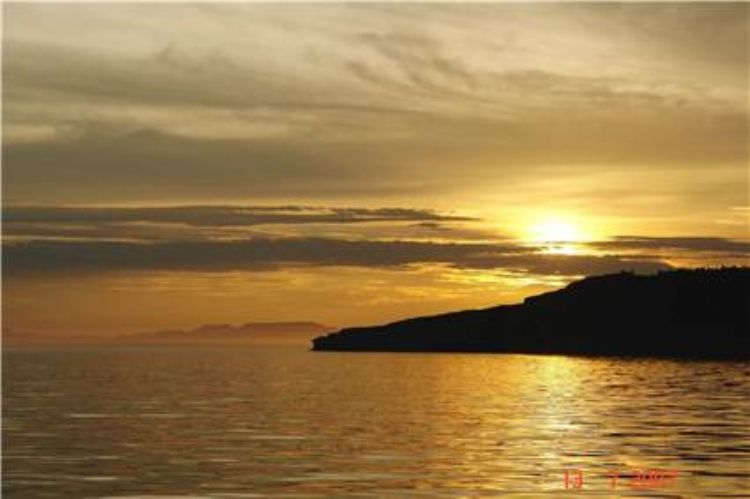
Tourism is one of the countryâs main economic activitie...
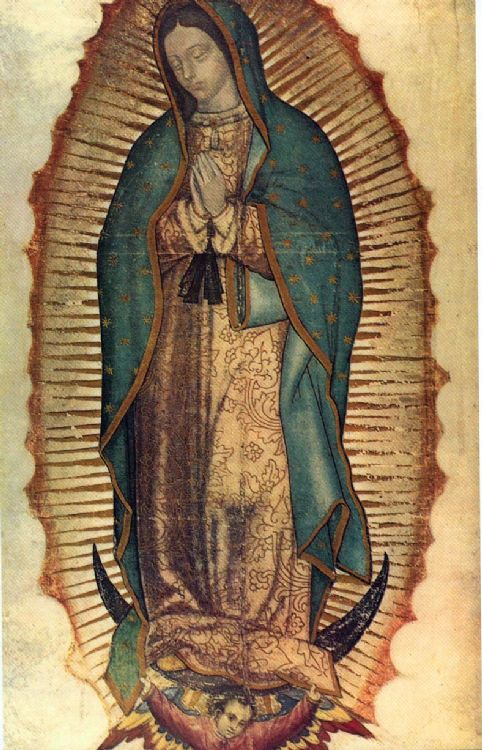
Mexico is an officially secular country where the Church ...

Skydiving consists of jumping with a parachute from an ai...
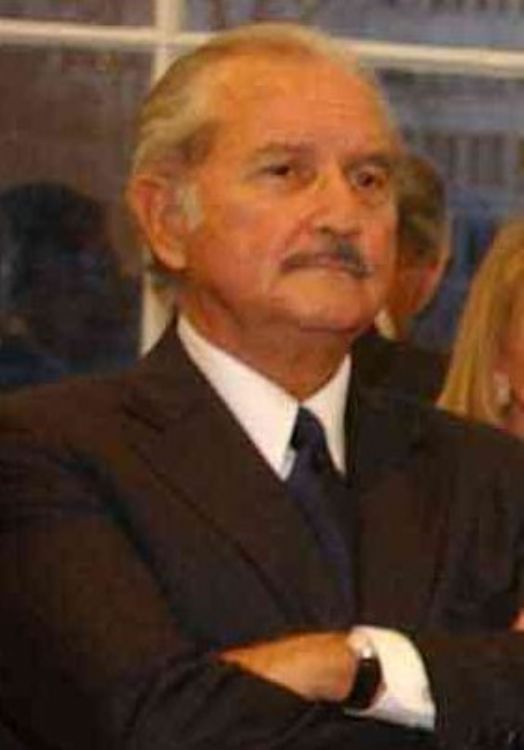
The son of diplomatic parents, Carlos Fuentes was born in...

Mexican Cinema is currently composed by a history, values...
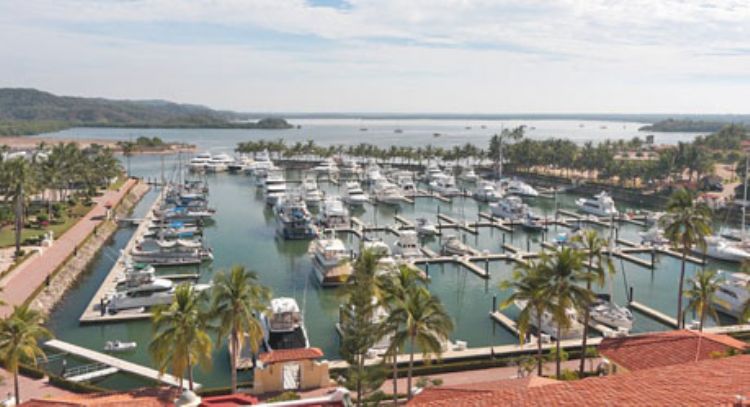
This segment of the Mexican pacific coast has various tou...
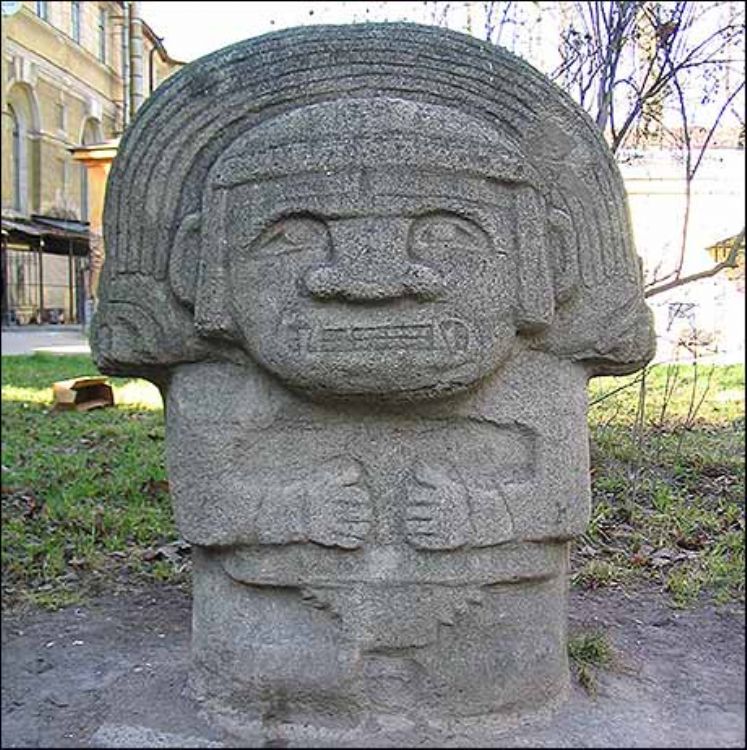
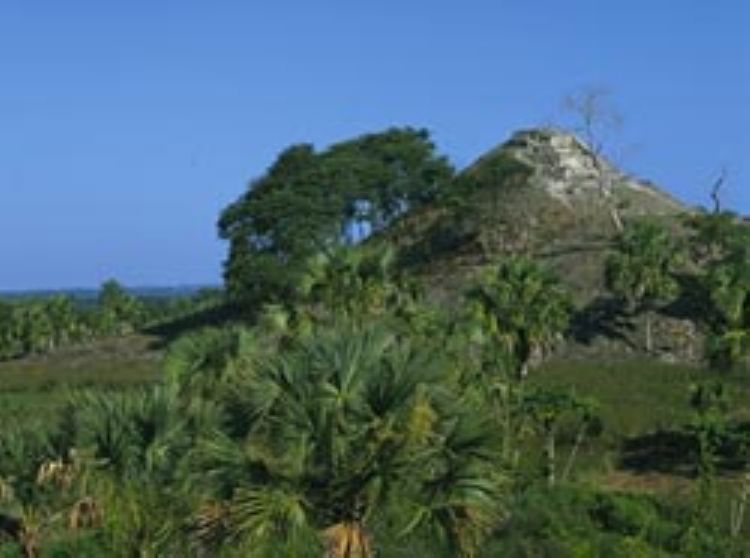
TABASQUEÑO; It is a site you shouldnât miss for ...